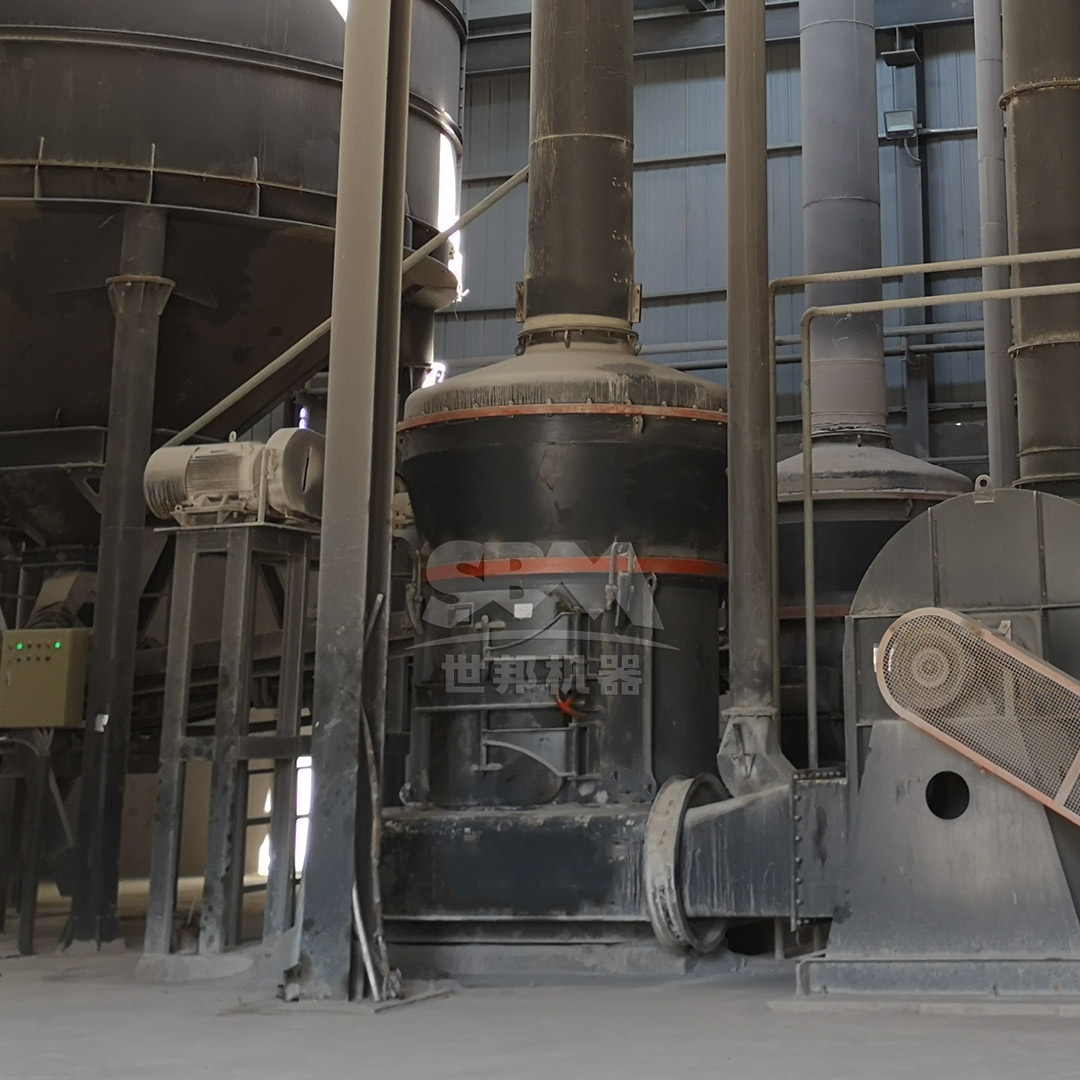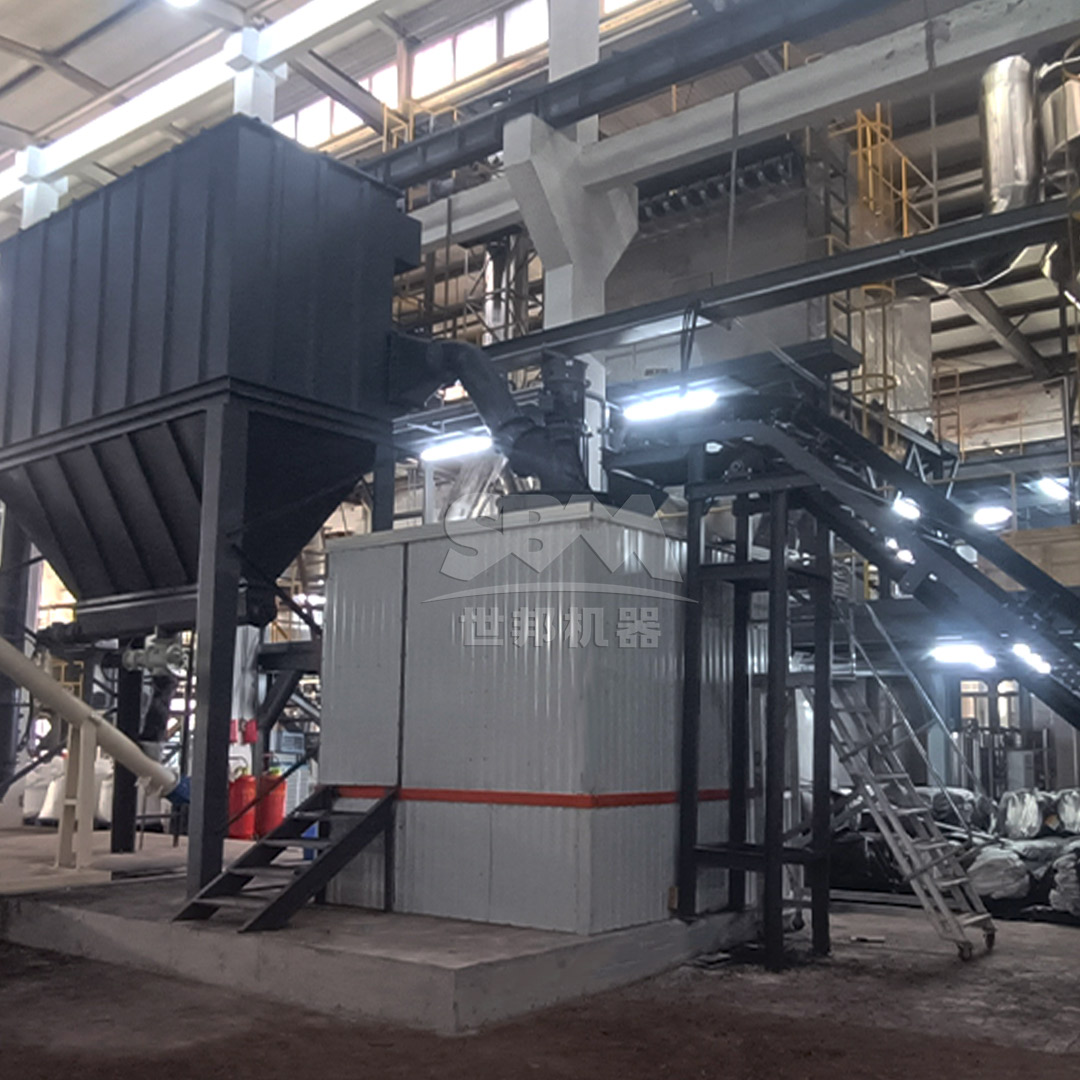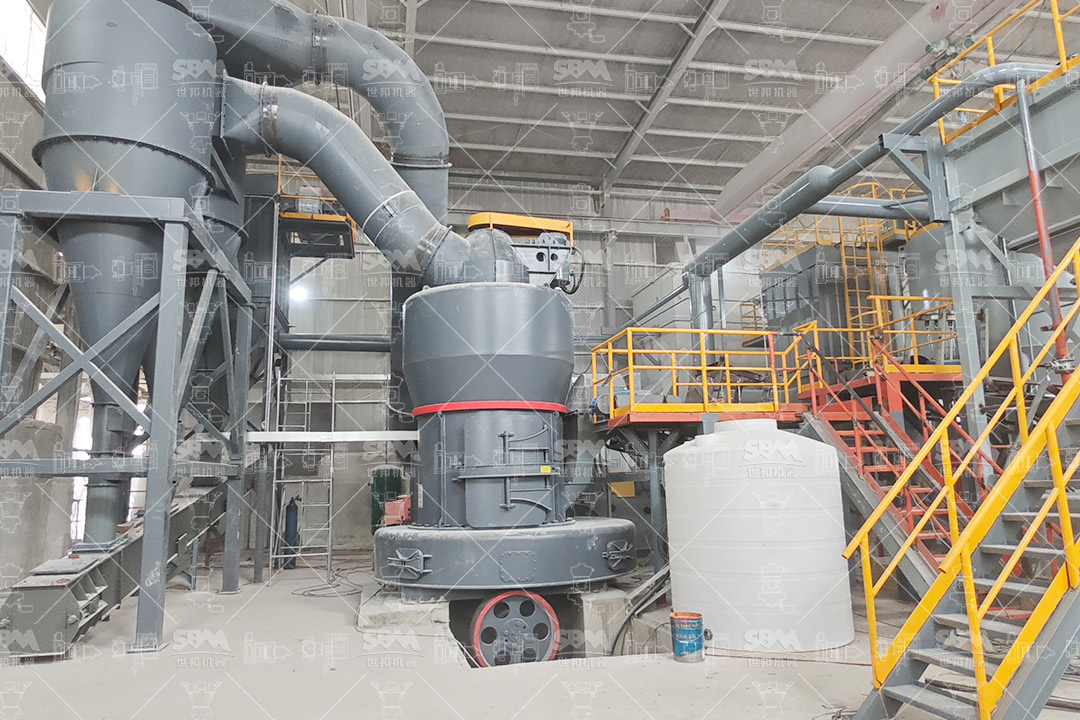The polymer industry continuously seeks advanced mineral fillers to enhance material properties while optimizing production costs. Talc, a hydrous magnesium silicate mineral, has emerged as a crucial functional filler in polymer compounding due to its unique platelet structure, chemical inertness, and ability to improve stiffness, heat resistance, and dimensional stability. However, the effectiveness of talc as a polymer additive is directly proportional to its particle size distribution, purity, and surface characteristics – parameters that are critically dependent on the milling technology employed.
Traditional grinding methods often fail to achieve the precise particle size control required for high-performance polymer applications. Inconsistent particle distribution, contamination, and excessive energy consumption have been persistent challenges. The advent of advanced ultrafine milling technologies has revolutionized talc processing, enabling manufacturers to produce talc fillers with precisely controlled properties that significantly enhance polymer compound performance.

In polymer compounding, filler particle size directly influences multiple material characteristics. For talc-reinforced polymers, reducing particle size to the micron and sub-micron range creates substantial benefits:
Ultrafine talc particles with high aspect ratios provide superior reinforcement through efficient stress transfer within the polymer matrix. Studies demonstrate that talc particles below 5μm can increase flexural modulus by 40-60% in polypropylene compounds compared to conventional fillers, while maintaining impact strength.
Reduced particle size eliminates surface defects in molded parts, providing superior aesthetics and reducing the need for secondary finishing operations. The smooth surface also enhances scratch and mar resistance in automotive and appliance applications.
Uniformly sized talc particles improve melt flow characteristics, enabling faster cycle times and reduced energy consumption during injection molding and extrusion processes. The narrow particle distribution prevents filter clogging and die buildup in sensitive applications.
The platelet structure of ultrafine talc creates tortuous pathways for gas and moisture transmission, significantly improving barrier properties in packaging applications. This allows for reduced wall thickness while maintaining performance specifications.
| Particle Size (D97) | Flexural Modulus Improvement | Impact Strength Retention | Surface Roughness (Ra) |
|---|---|---|---|
| 20μm | 25% | 85% | 2.8μm |
| 10μm | 35% | 80% | 1.9μm |
| 5μm | 50% | 75% | 1.2μm |
| 2μm | 65% | 70% | 0.8μm |
Conventional ball mills and Raymond mills have limitations in achieving the precise particle size control required for high-value polymer applications. Modern ultrafine milling technologies address these challenges through innovative engineering solutions.
Our SCM Ultrafine Mill series represents a breakthrough in talc processing technology, specifically engineered to meet the demanding requirements of polymer compound manufacturers. With output fineness ranging from 325 to 2500 mesh (D97 ≤ 5μm), this technology enables production of talc fillers with exceptional consistency and purity.
The SCM series incorporates several technological innovations critical for polymer-grade talc production:
High-Precision Classification System: The integrated vertical turbine classifier ensures precise particle size切割, eliminating coarse particle contamination that can create stress concentration points in polymer matrices. This system maintains consistent D97 values even during continuous operation, a crucial factor for quality assurance in compounding operations.
Advanced Grinding Mechanism: The three-layer grinding ring design with special material composition provides progressive size reduction while minimizing iron contamination. The unique roller and ring geometry creates optimal compression and shear forces for delaminating talc platelets without excessive size reduction that would reduce aspect ratio.
Intelligent Control System: Real-time monitoring of product fineness with automatic feedback adjustment ensures consistent output quality. The system automatically compensates for wear and feed material variations, maintaining target particle size distribution throughout the operational cycle.

For polymer compounding applications requiring medium to fine talc fillers, our MTW Series Trapezium Mill offers an optimal balance of precision and productivity. With output fineness from 30 to 325 mesh, this system is ideal for applications where ultra-fine particles are not required but consistent quality remains critical.
The MTW series features several advantages for talc processing:
Anti-Wear Shovel Blade Design: The combination shovel blades significantly reduce maintenance costs while the curved surface design extends roller service life, ensuring consistent grinding performance over extended operational periods.
Optimized Air Flow Path: The弧形风道 design minimizes energy loss while improving material transport efficiency. The high-strength protective plates safeguard the air path working surface, maintaining system efficiency throughout the equipment lifecycle.
Integrated Gear Transmission: With 98% transmission efficiency, the cone gear system reduces energy consumption while providing compact installation footprint. This feature is particularly valuable for facilities with space constraints.
| Application | Recommended Product | Optimal Particle Size | Typical Loading | Key Benefits |
|---|---|---|---|---|
| Automotive PP | SCM Ultrafine Mill | D97: 2-5μm | 15-25% | Stiffness, HDT |
| Packaging Film | SCM Ultrafine Mill | D97: 3-8μm | 8-15% | Barrier, Clarity |
| Engineering Plastics | MTW Trapezium Mill | D97: 10-20μm | 20-40% | Cost Reduction |
| Wire & Cable | MTW Trapezium Mill | D97: 15-30μm | 25-50% | Flame Retardancy |
The specific design features of modern talc milling equipment provide distinct advantages for polymer compounding operations:
Compared to conventional jet mills, the SCM Ultrafine Mill delivers twice the production capacity while reducing energy consumption by 30%. This significant efficiency improvement directly translates to lower operating costs for talc filler production. The intelligent control system further optimizes energy usage by automatically adjusting operational parameters based on real-time production requirements.
The precision classification system ensures uniform particle size distribution batch after batch, eliminating the quality variations that can compromise polymer compound performance. For compounders, this consistency means reduced formulation adjustments and more predictable processing behavior.
The innovative grinding chamber design with special wear-resistant materials minimizes metal contamination, a critical factor for applications where product purity affects polymer color or electrical properties. The fully enclosed negative pressure operation prevents environmental contamination while protecting the product from external impurities.
With pulse dust collection efficiency exceeding international standards and noise levels below 75dB, modern talc milling systems easily meet stringent environmental regulations. This is particularly important for operations located in urban areas or regions with strict emission controls.

Choosing the appropriate milling technology depends on multiple factors specific to each polymer compounding operation:
For large-scale talc processing operations serving multiple polymer markets, the SCM1680 model with capacity up to 25 ton/h provides the necessary throughput while maintaining precision particle control. Medium-scale operations may opt for the SCM1000 (1.0-8.5 ton/h) which offers an optimal balance of capacity and flexibility.
Applications demanding the finest talc particles (2500 mesh) for high-performance engineering plastics should utilize the SCM series with its advanced classification system. For general-purpose compounds where 325 mesh talc provides sufficient reinforcement, the MTW series offers excellent value with lower capital investment.
Modern talc milling systems can be seamlessly integrated with polymer compounding lines, providing just-in-time filler production that reduces inventory costs and ensures fresh material supply. The compact design of both SCM and MTW series facilitates installation in existing production facilities with minimal modifications.
Implementing advanced talc milling technology delivers substantial economic benefits throughout the polymer value chain:
The efficient size reduction process maximizes yield from raw talc ore, reducing material waste. The ability to process various talc qualities into consistent high-value fillers provides additional raw material flexibility and cost optimization opportunities.
Ultrafine talc with controlled particle characteristics improves polymer compound processability, reducing energy consumption during extrusion and injection molding. The enhanced reinforcement efficiency also enables reduced filler loading while maintaining performance, further reducing material costs.
Polymers compounded with precision-engineered talc fillers command premium pricing in demanding applications such as automotive, medical, and electronics. The improved material properties open new market opportunities and enhance competitive positioning.
The evolution of talc milling technology continues to align with emerging needs in polymer compounding:
Next-generation systems will incorporate in-line surface modification capabilities, enabling production of functionally enhanced talc fillers with improved polymer compatibility and dispersion characteristics.
Advanced monitoring systems with IoT connectivity will provide real-time quality assurance and predictive maintenance, further improving operational reliability and product consistency.
Ongoing developments focus on reducing energy consumption and environmental impact while maintaining performance standards, supporting the polymer industry’s sustainability initiatives.
The optimization of polymer compounding through advanced talc milling technology represents a significant opportunity for manufacturers seeking competitive advantage. Our SCM Ultrafine Mill and MTW Trapezium Mill series provide comprehensive solutions for producing high-quality talc fillers with precisely controlled properties that enhance polymer performance while optimizing production economics. By selecting the appropriate milling technology based on specific application requirements and production scale, compounders can achieve superior results in their end products while maintaining operational efficiency and cost-effectiveness.
As polymer applications continue to evolve toward higher performance and sustainability standards, the role of precision-engineered mineral fillers will only grow in importance. Investing in advanced talc processing technology today positions manufacturers to meet tomorrow’s challenges while capitalizing on emerging opportunities in the global polymers market.